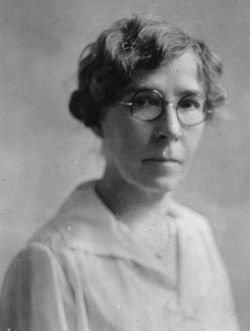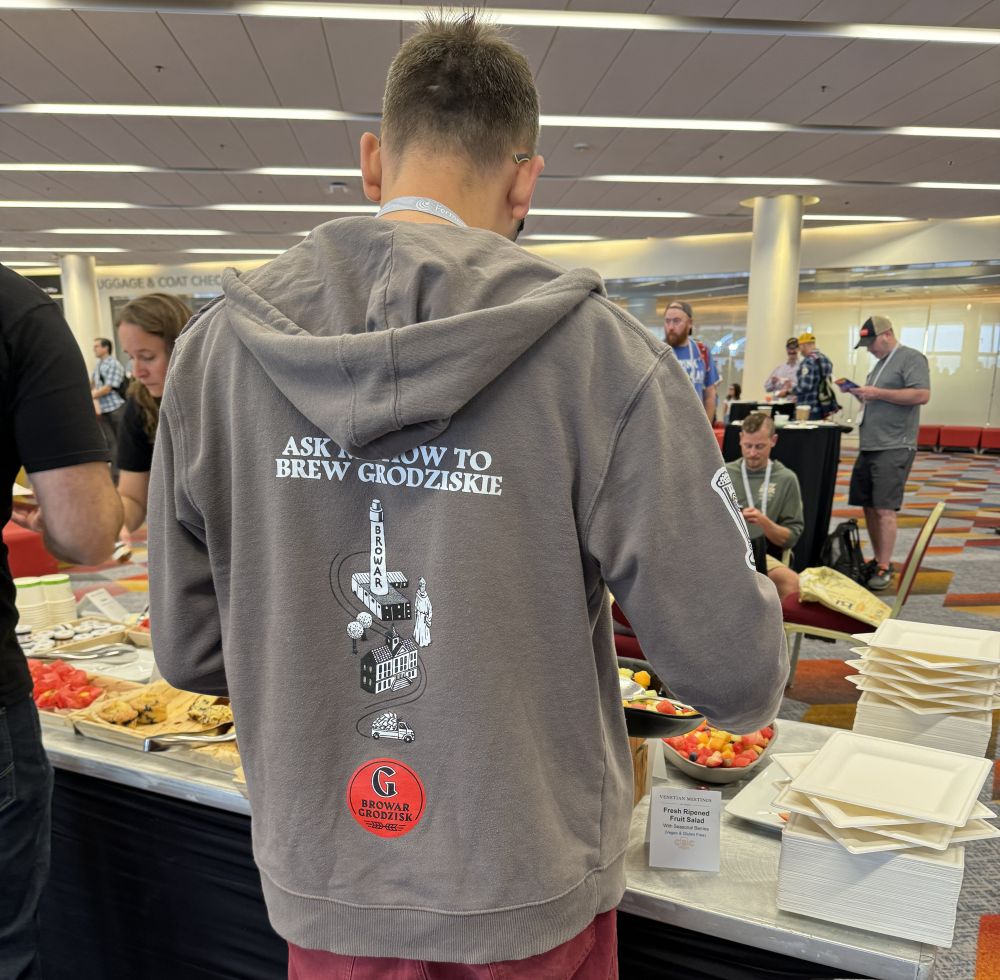Jeff Alworth yesterday used to news that the Brewers Association added seven new beer styles to the Beer Style Guidelines in advance of the Great American Beer Festival to rage about how there are too many beer styles.
This is one another of those discussions I feel like I’ve been part of more than enough times already, so just two thoughts.
I am happy that there is a defined category for West Coast Pilsner. Highland Park Brewery has won three GABF medals for the beer they call Timbo Pils at their website and describe as a West Coast Pilsner. Timbo has won as an American-Style Pale Ale, an India Pale Lager and in the India Pale Lager or Malt Liquor category.
The first GABF competition in 1987 included a dozen categories: Ales, Alts, Cream Ales, American Lagers, American Light Lagers, Bock/Doppelbocks, Continental Amber Lagers, Continental Pilsners, Porters, Stouts, Vienna Style Lagers, Wheat Beers. Where would you have entered Timbo Pils?

The fest would include beers named only after the hop “providing the leading role” in their aroma and flavor. In the GABF Vera competition, brewers will declare the underlying style. Not at this festival. Festival attendees could ask about other ingredients in the beer, about supporting hops, about the yeast, fermentation temperatures, lagering time, IBUs, whatever they wanted. Except style.
There could even be a competition. Similar to Juicy/Hazy IPA at GABF, the most entered hop category would be Citra.
* Vera Katherine Charles (1877–1954) was an American mycologist. She was one of the first women to be appointed to professional positions within the U.S. Department of Agriculture. Charles coauthored several articles on mushrooms while working for the USDA.


